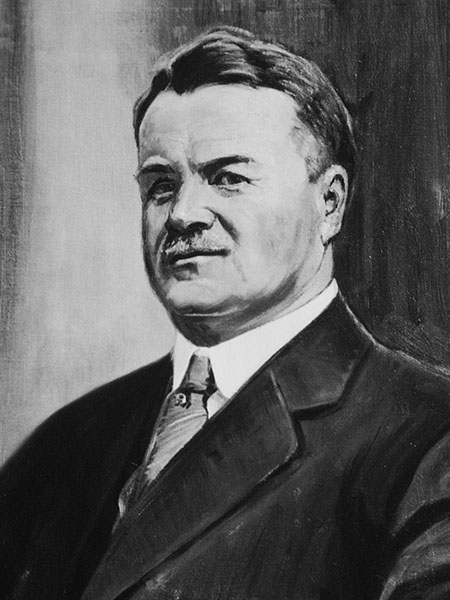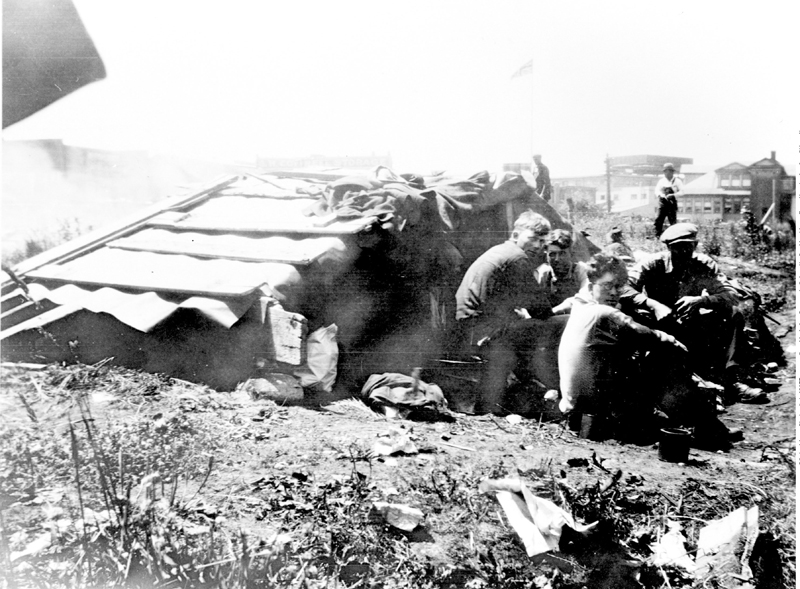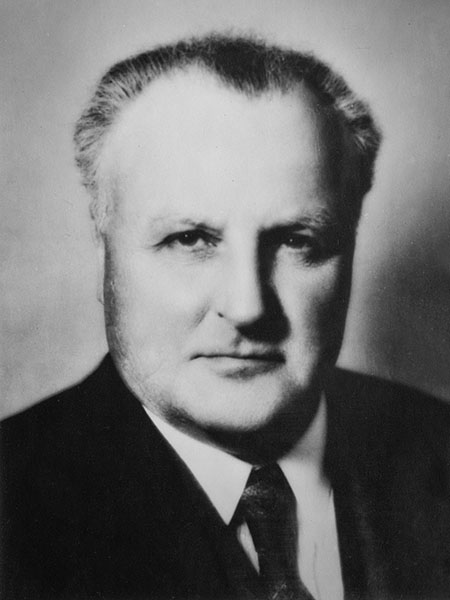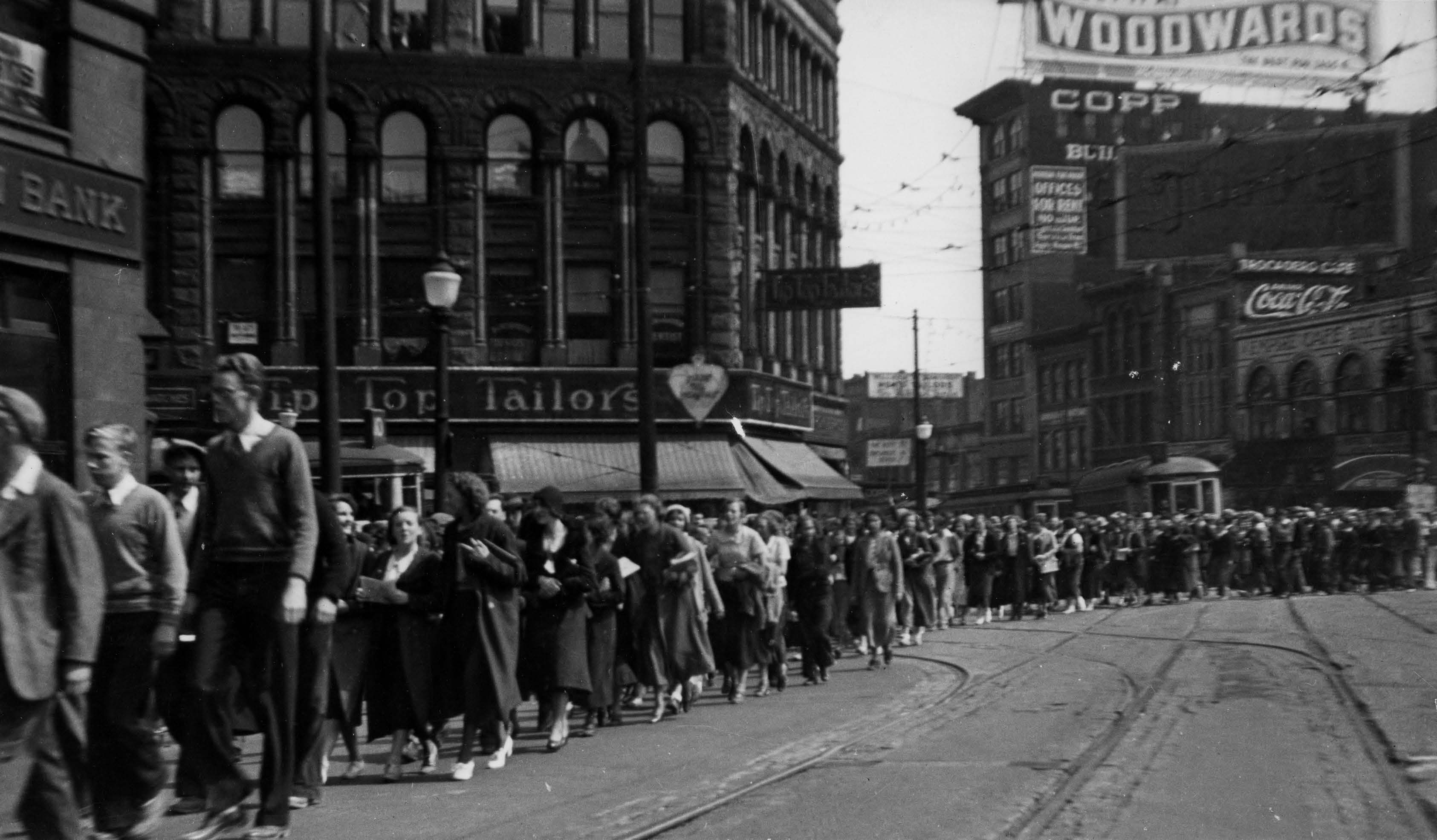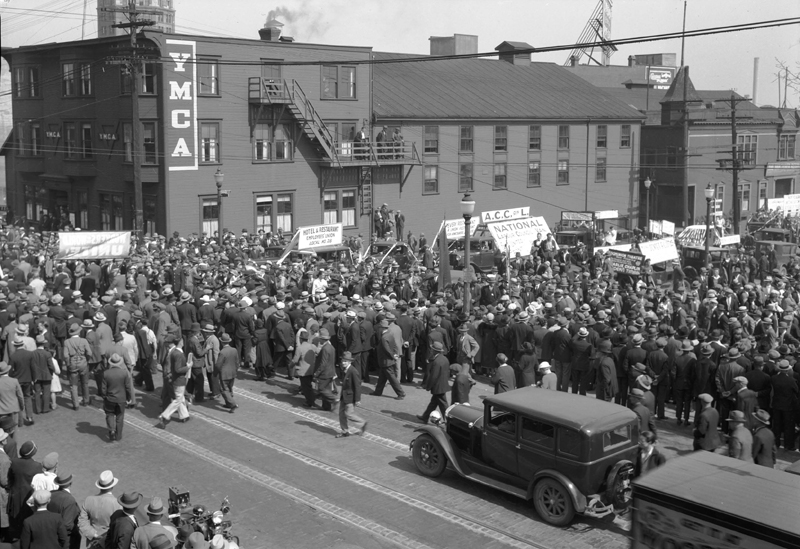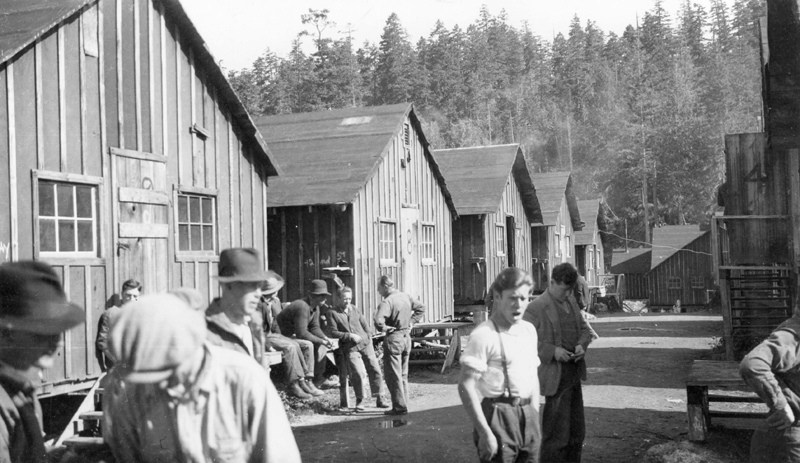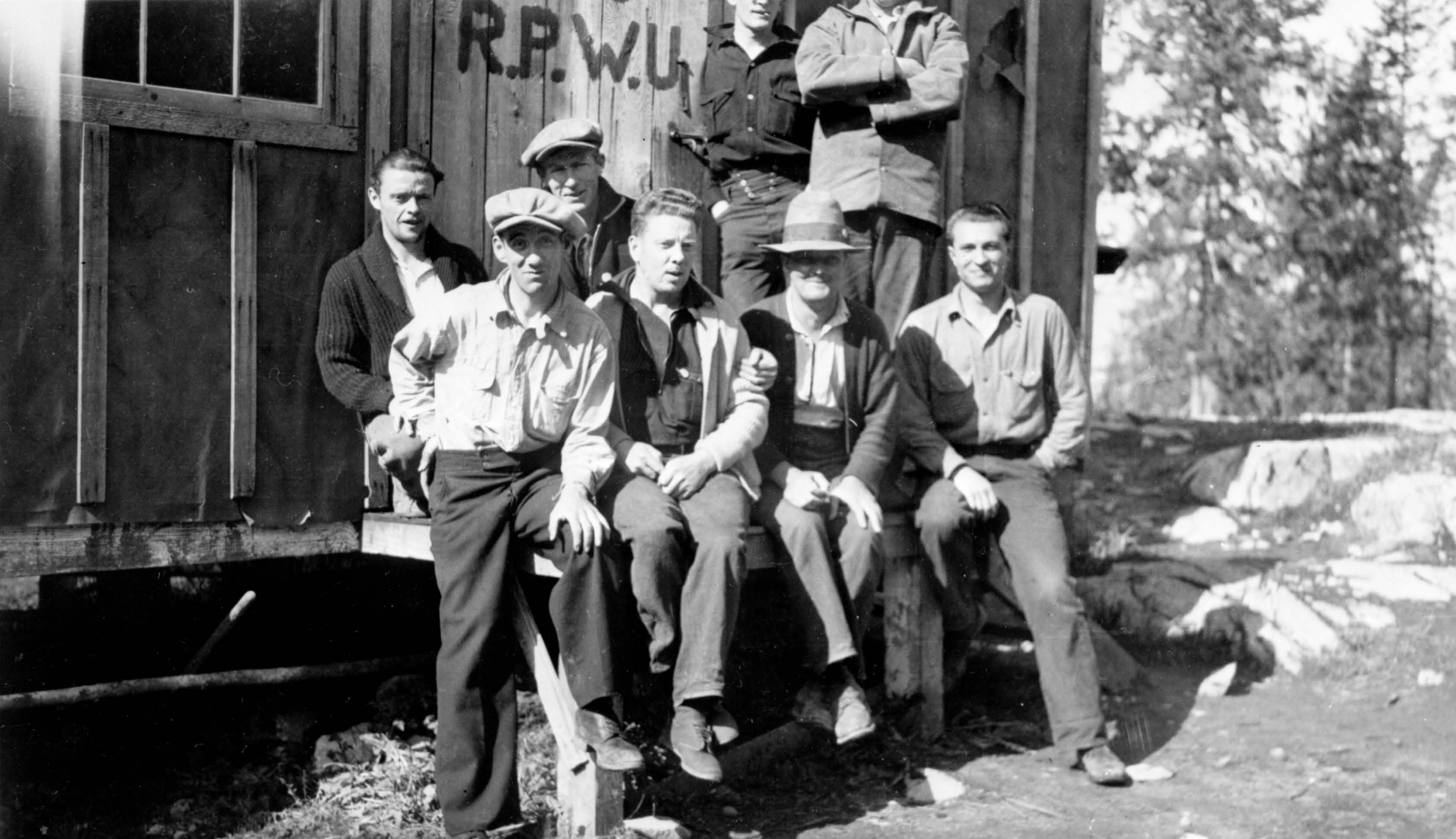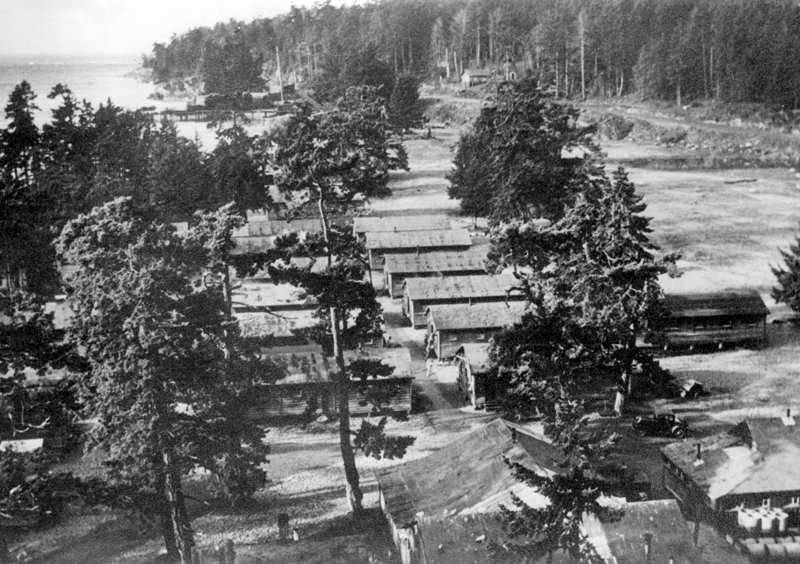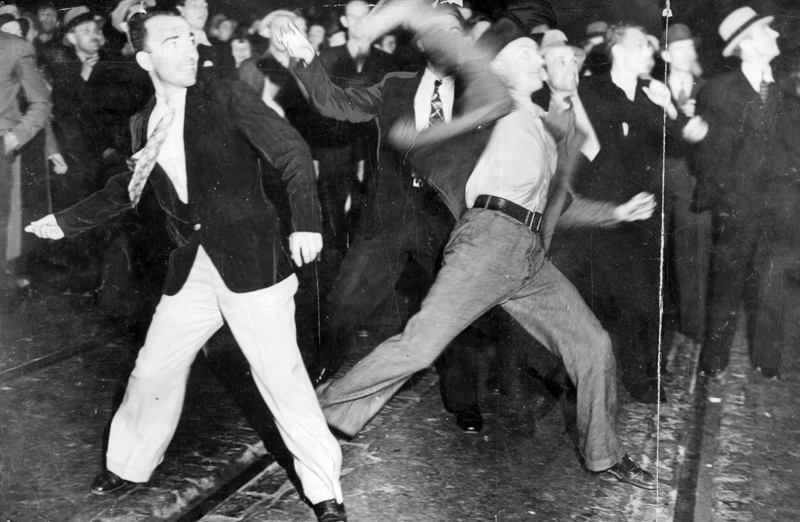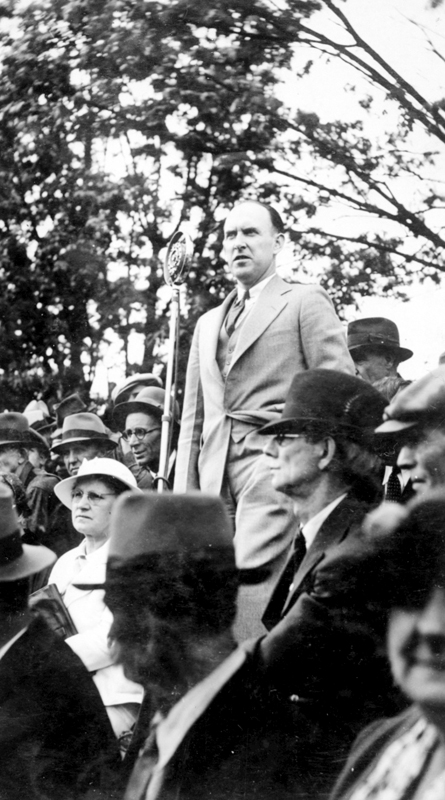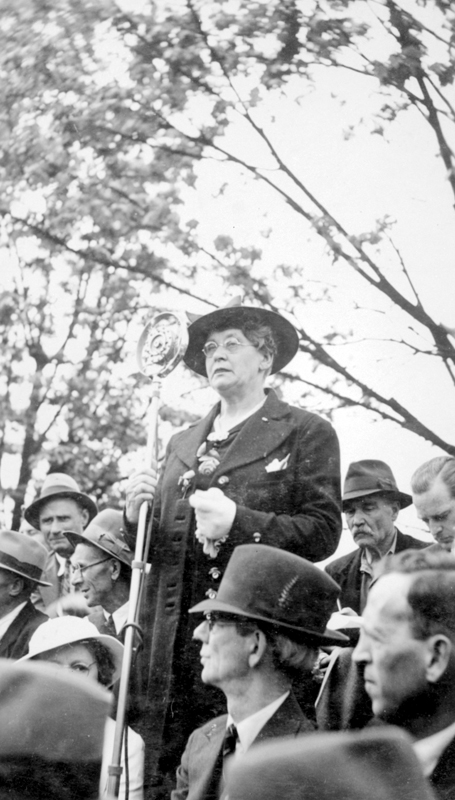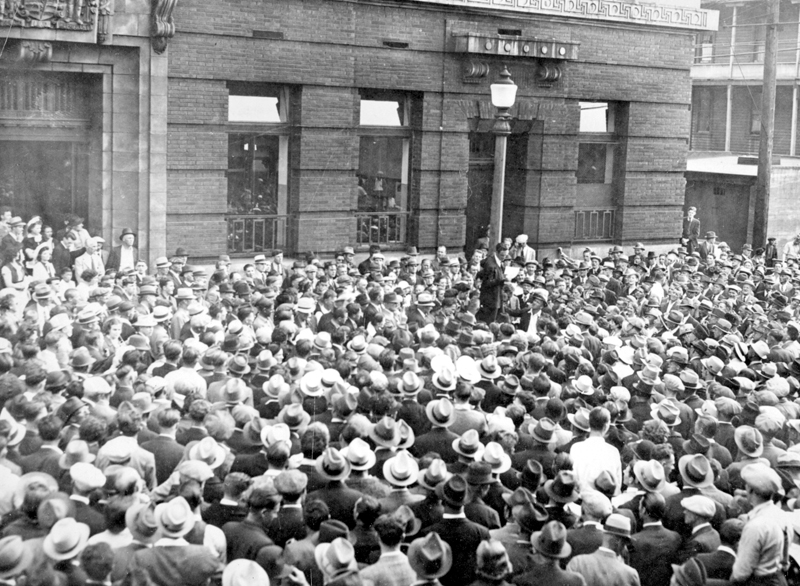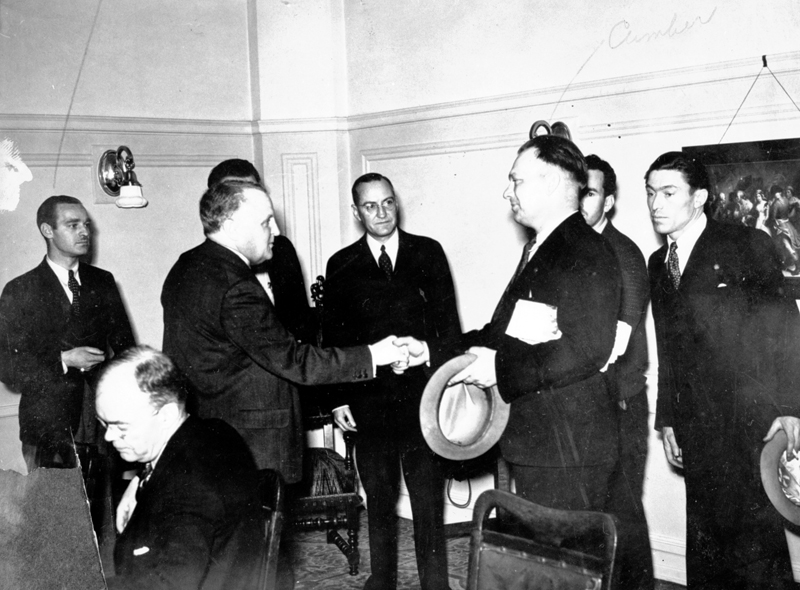Throughout the early 1920s, B.C.'s economy flourished, tied to the rise of international markets. In October of 1929 those markets collapsed, sparking a worldwide downturn known as the Great Depression, which lasted throughout the 1930s.
Every aspect of B.C.'s economy was affected. The net value of production and exports fell by almost 60 percent. Thousands of men from across Canada entered the province looking for work, raising tensions with unemployed residents. By 1931, with unemployment at 31 percent, B.C. Premier Simon Fraser Tolmie was forced to set up relief camps, putting the unemployed to work building roads and other facilities.
As the Great Depression wore on, the economic situation in B.C. remained critical. Elected in 1933, Premier Thomas "Duff" Patullo successfully petitioned the federal government for emergency powers to introduce state reforms quickly.
The Special Powers Act, 1934, was granted and gave government control over all matters in the province for one year. Under it, Patullo introduced programs such as health insurance, a higher minimum wage, public works projects, more money to schools, and help for the poor and unemployed.
His government introduced three significant laws with the intention of spreading available jobs more evenly and increasing the working person's self-respect. They were the Hours of Work Act, 1934, which introduced a 48 hour work week in all major industries, the Male Minimum Wage Act, 1934, and the Female Minimum Wage Act, 1934.
Although the Prime Minister granted the Premier's request, he and the press began referring to Patullo as a "dictator" and spent the next eight years thwarting the Premier's requests for economic aid.
On May 30, 1938, in an effort to limit the numbers of unemployed workers migrating into the province, the government restricted relief to all but B.C. residents. In Vancouver, violence broke out as a thousand people took over the post office, the Hotel Georgia, and the art gallery. The idea was to focus attention on their grievances by forcing authorities to make mass arrests, but the authorities did not cooperate.
After 10 days, most protesters were persuaded to leave, while others held out, occupying the post office and art gallery. At last, on June 19 - Bloody Sunday, as it came to be known - police moved in using tear gas and clubs. Those who were evicted proceeded to riot down Hastings and Granville streets. Over a 100 people were wounded and 22 arrested.
